
The iTeach Blog
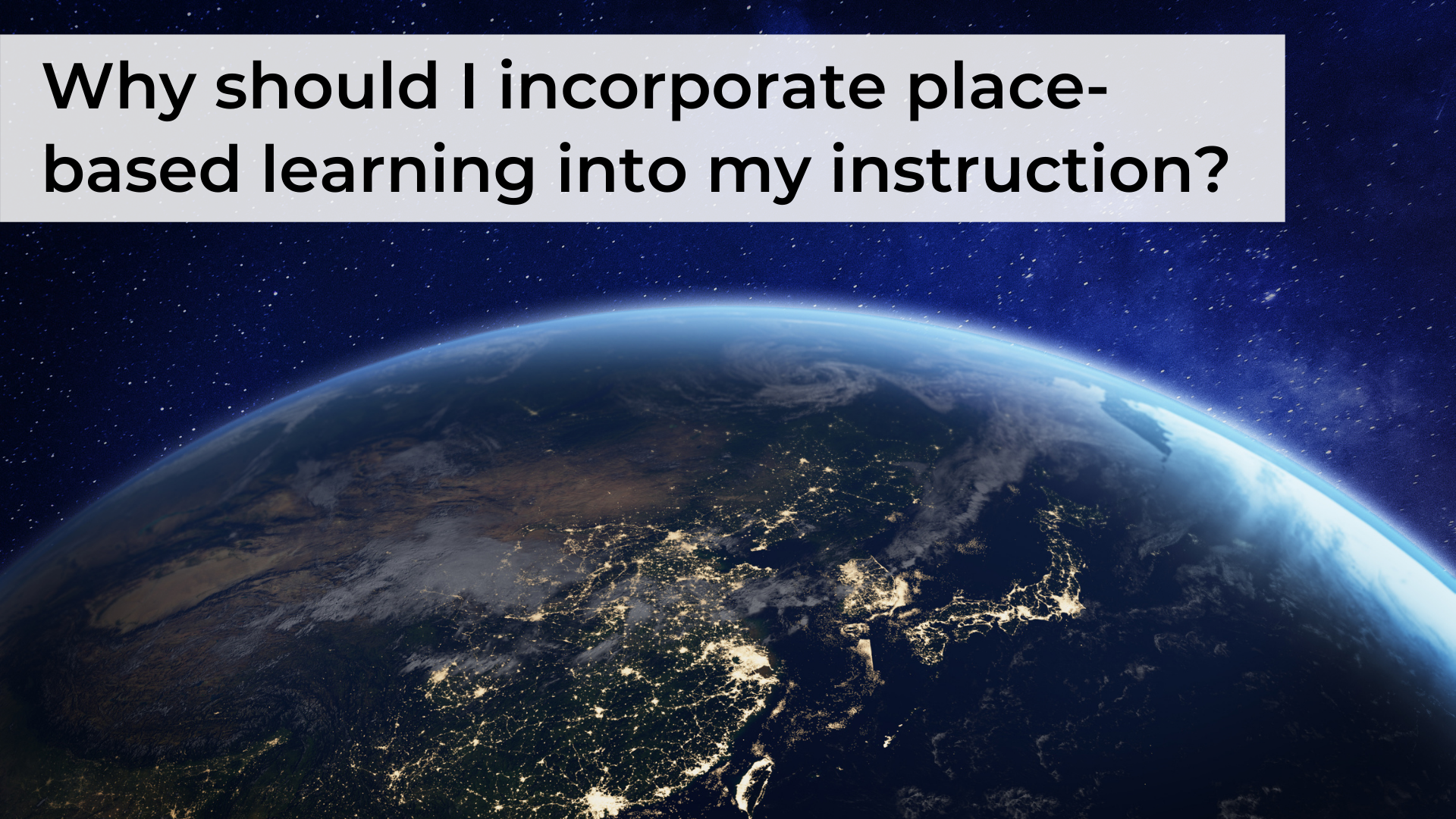
Place-Based Education
Learn more about how place-based education can strengthen students’ connections with their community and help them learn about issues that impact the world outside of their classroom.
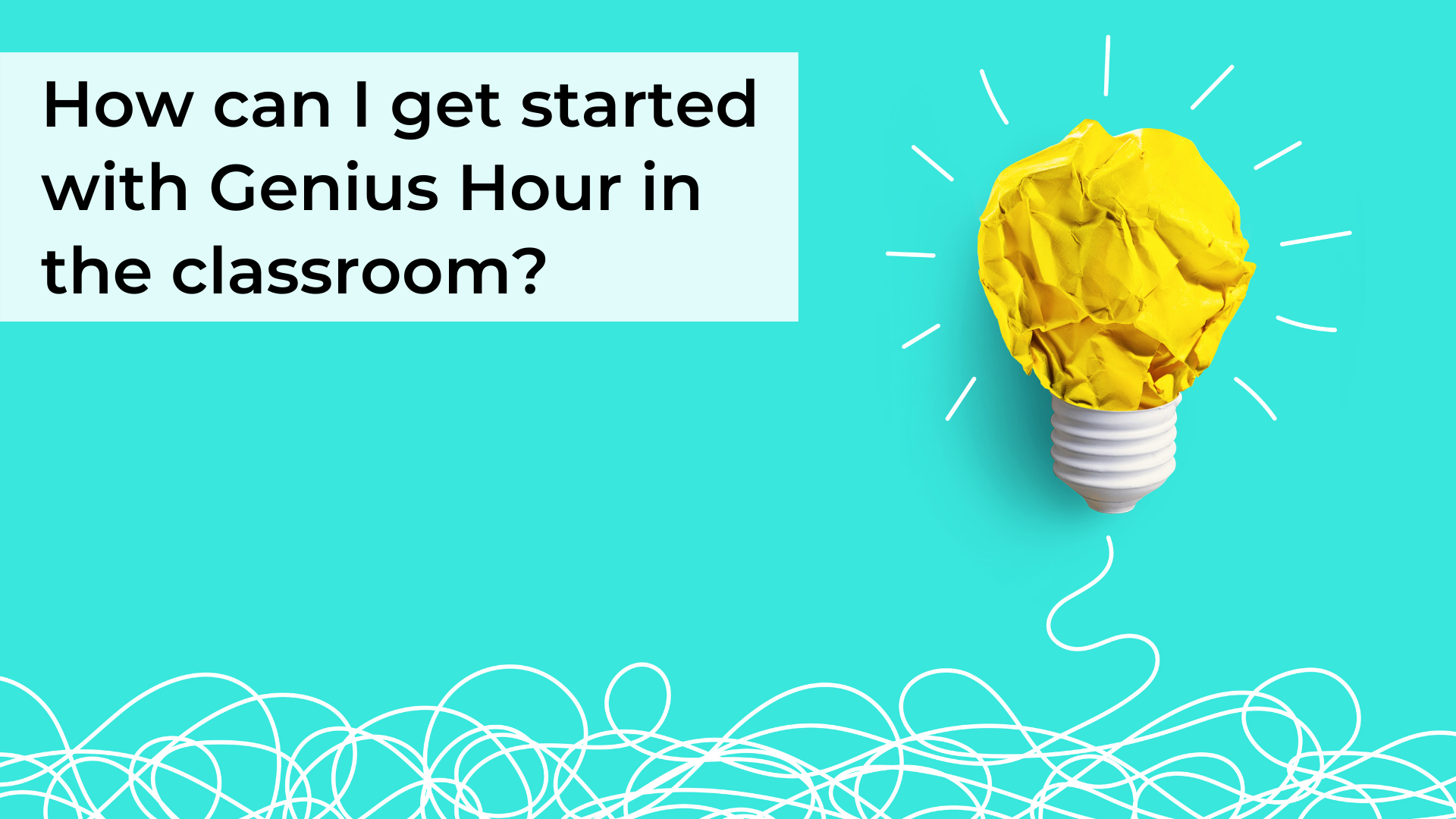
Getting Started with Genius Hour
During Genius Hour, students spend a designated amount of class time exploring their own interests. This strategy allows students to experience autonomy and use their voice. Learn more about some key considerations for Genius Hour and create a plan to get started!
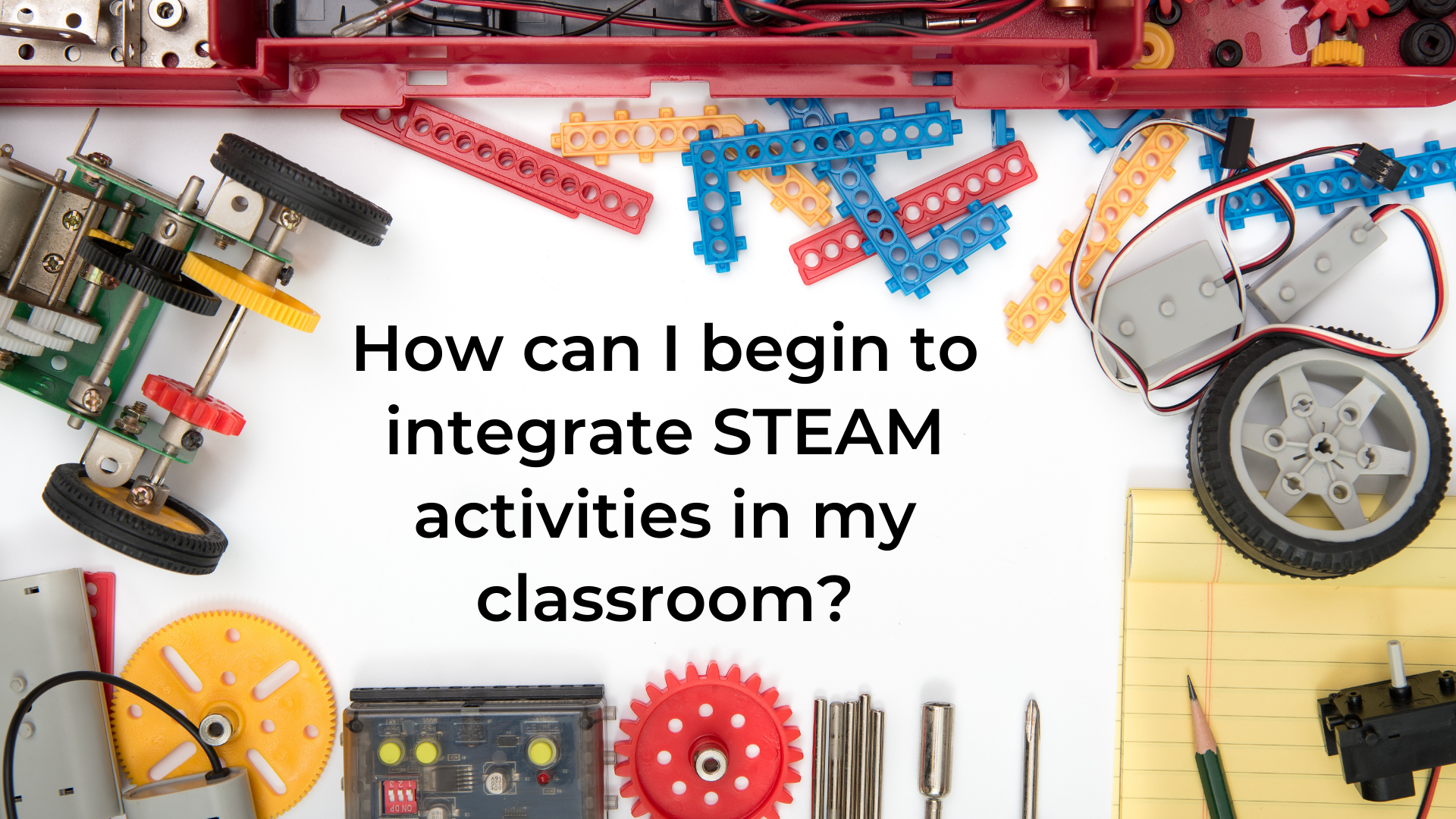
Integrating STEAM in the Classroom
Problem-based STEAM activities can support a Personalized Learning environment by helping students develop prioritized executive functioning skills and work toward curriculum mastery. Learn how to get started with STEAM activities in your classroom!
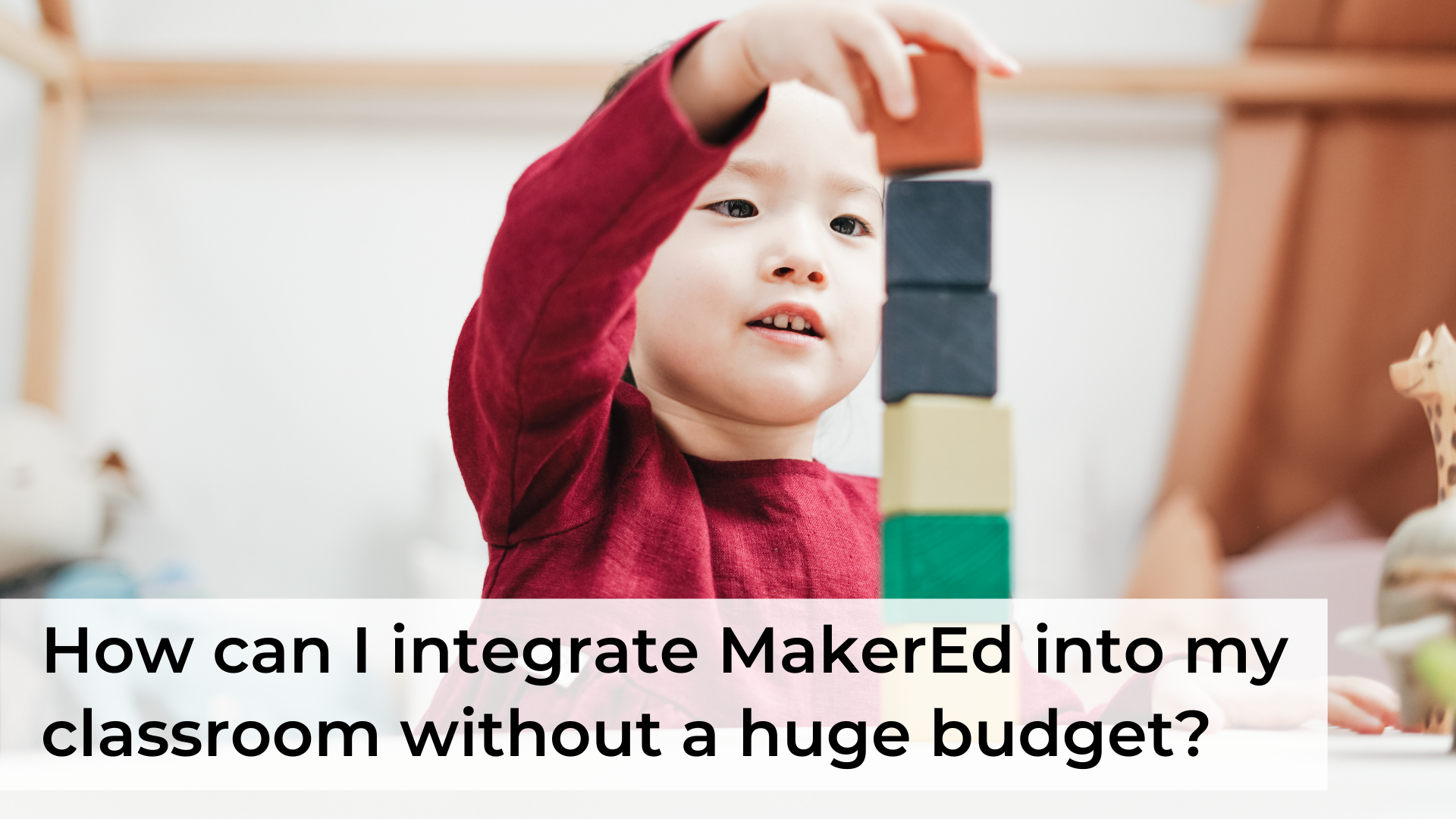
MakerEd on a Budget
iTeach believes that Maker Education can transform teaching and learning, encouraging all students to collaborate, hack, invent, share, create, make, and do. With that in mind, there’s no need to stress about funding for expensive technology tools, because students can make in all sorts of ways!
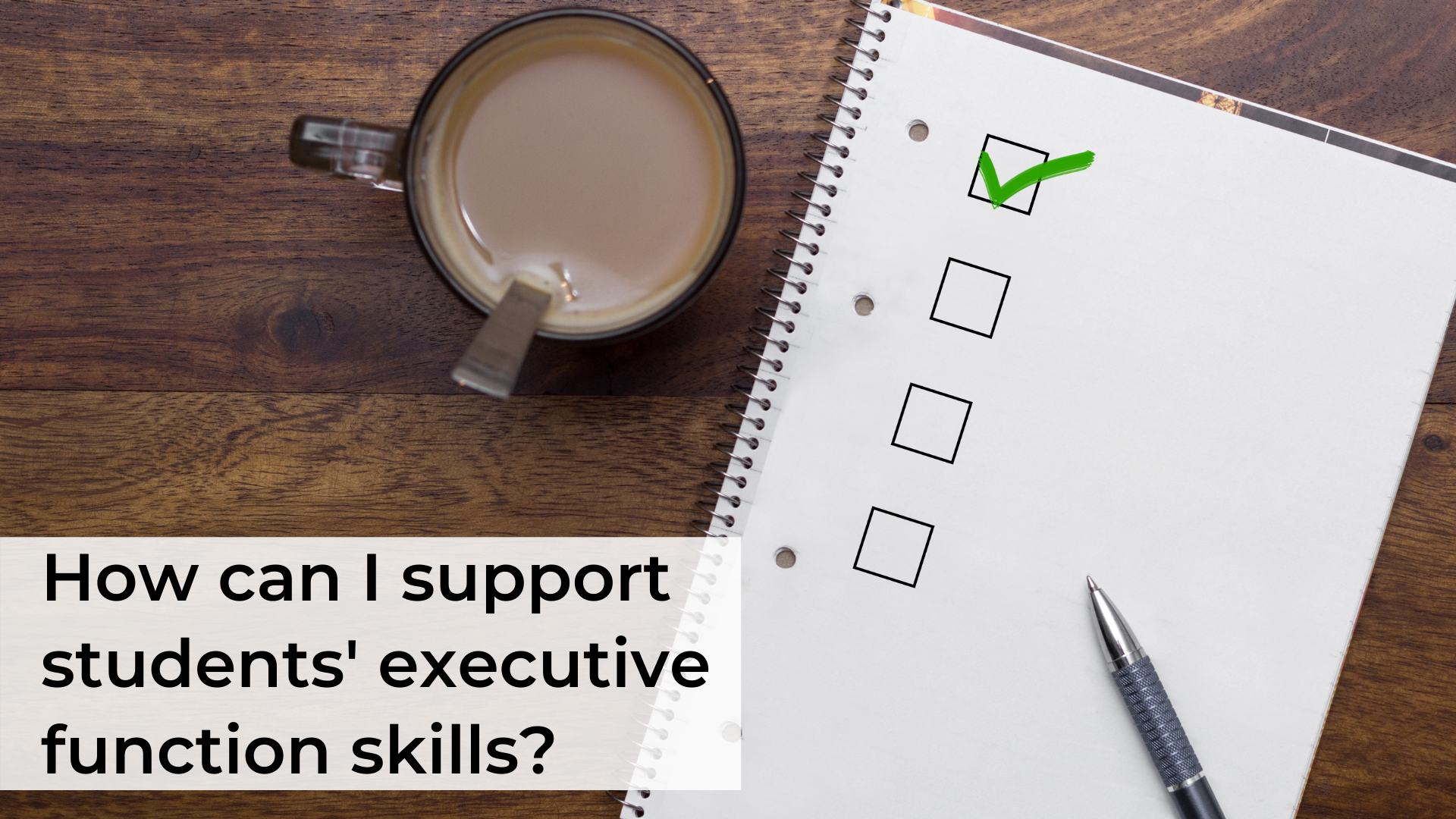
Executive Function and Remote Learning
Sometimes, what we perceive as an engagement issue is actually an executive function issue! Ana Hale offers suggestions to explicitly teach executive function strategies to students that will help them succeed in an online learning environment.
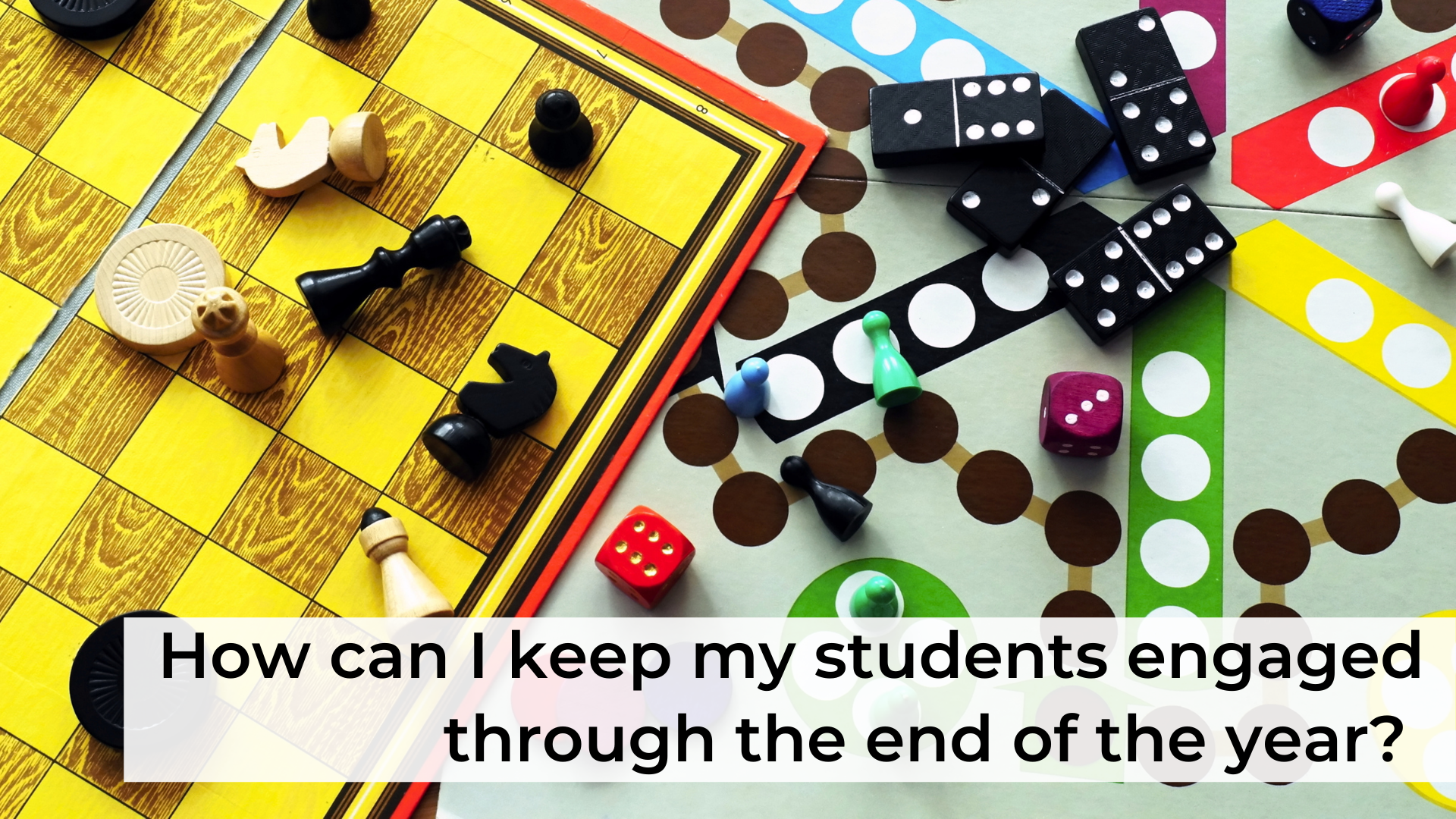
Maintaining Student Engagement Through the End of the Year
How can we maintain student engagement through the very last day? How can we make sure that even though grading is coming to an end, our work still has value? Read on for three practical approaches to engaging your students at any grade level through the end of the year.
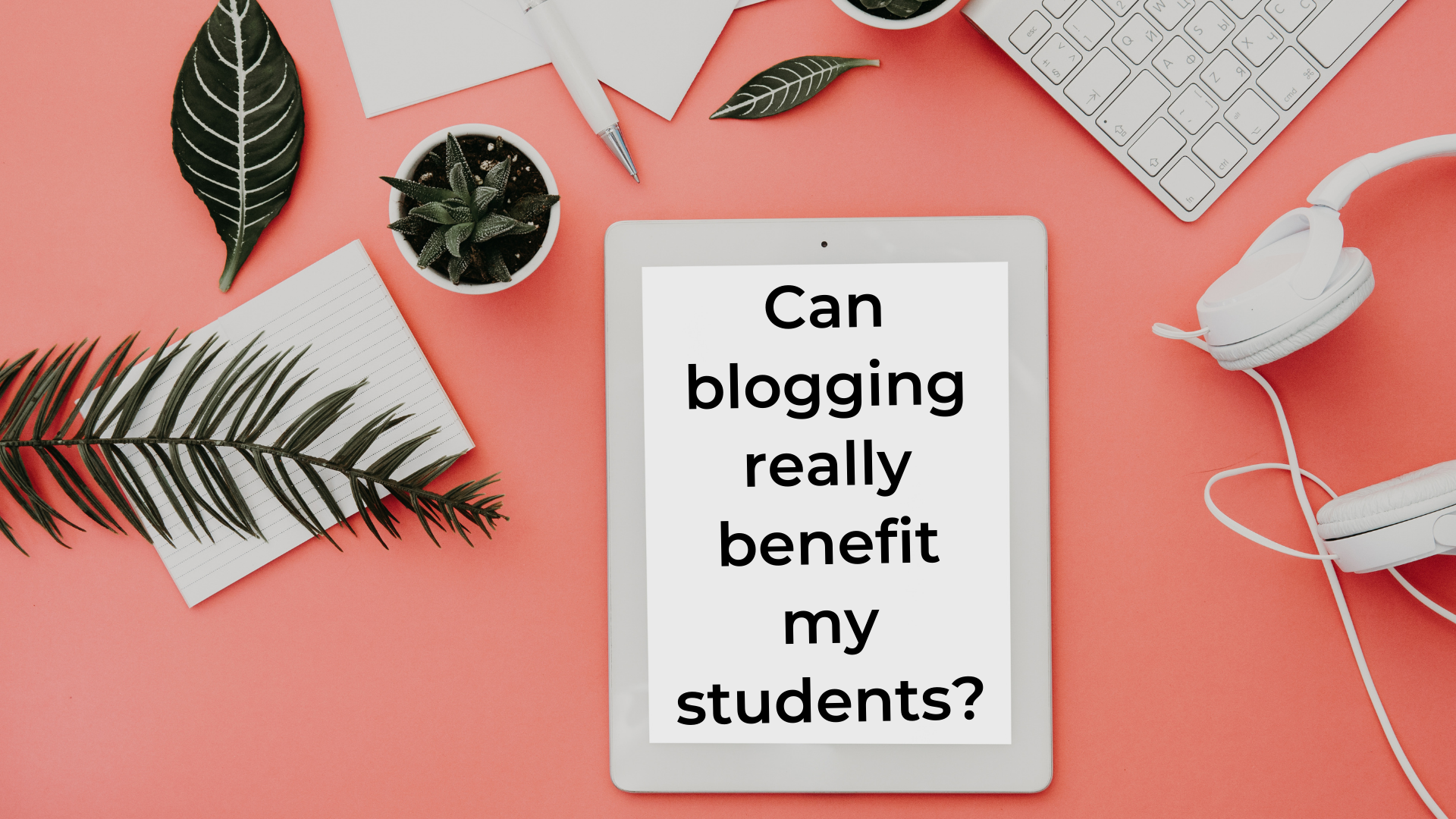
Benefits of Blogging
Student blogging is a common sight in today’s classrooms, from our youngest learners to college students. This is largely because of the many benefits that blogging offers! Learn how this versatile tool can help students to build essential skills.

Novel Engineering
What if you could teach a literacy unit while also incorporating STEM and engineering design principles? Learn how to spice up your literature units with Novel Engineering!

Using Picture Books with Older Students
As educators, we can harness the power of children's literature to support learning for students of all ages. Learn five ways to effectively use picture books with older students.

Best Practices for Using Primary Sources in the Classroom
Textbooks act as gatekeepers, controlling the narrative by limiting content to a single perspective. Primary sources expand the narrative and allow students to understand content through multiple perspectives. Sarah Yoo shares best practices for enhancing teaching and learning with primary sources.

Integrating Virtual Reality into Classroom Content
Learn how to connect virtual reality experiences to your classroom content.
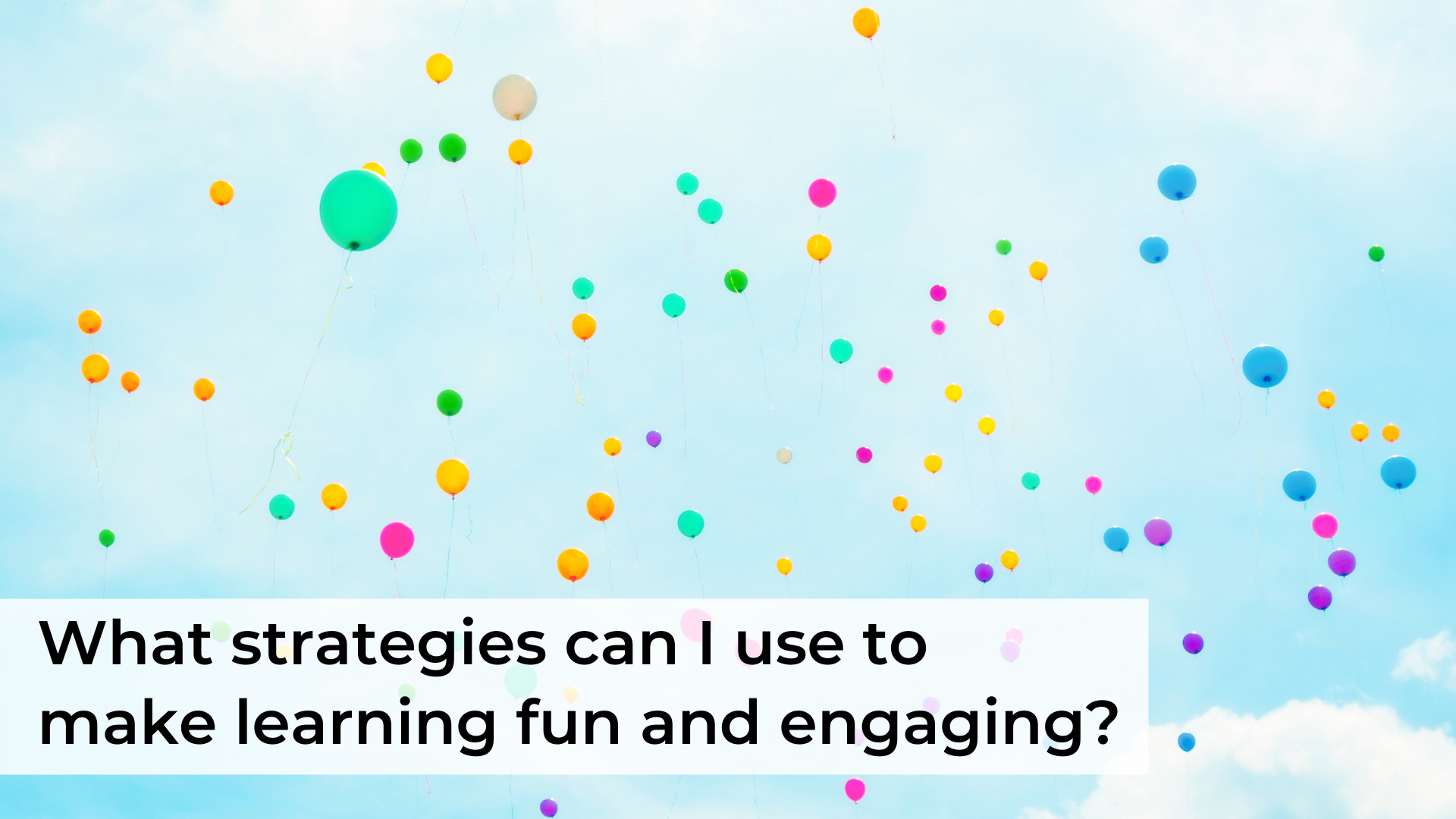
Bringing Fun and Excitement to the Classroom
When students are engaged in the classroom, they are more attentive, focused, and motivated to participate in meaningful learning experiences. Karleen Vaughn provides several easy-to-implement-strategies to increase student engagement and have more fun while you do it.
Using Avatars for Gamified Learning
Are you working to increase motivation and engagement in your classroom? In this post, Suzy Lolley explores three ways to use avatars for gamification.
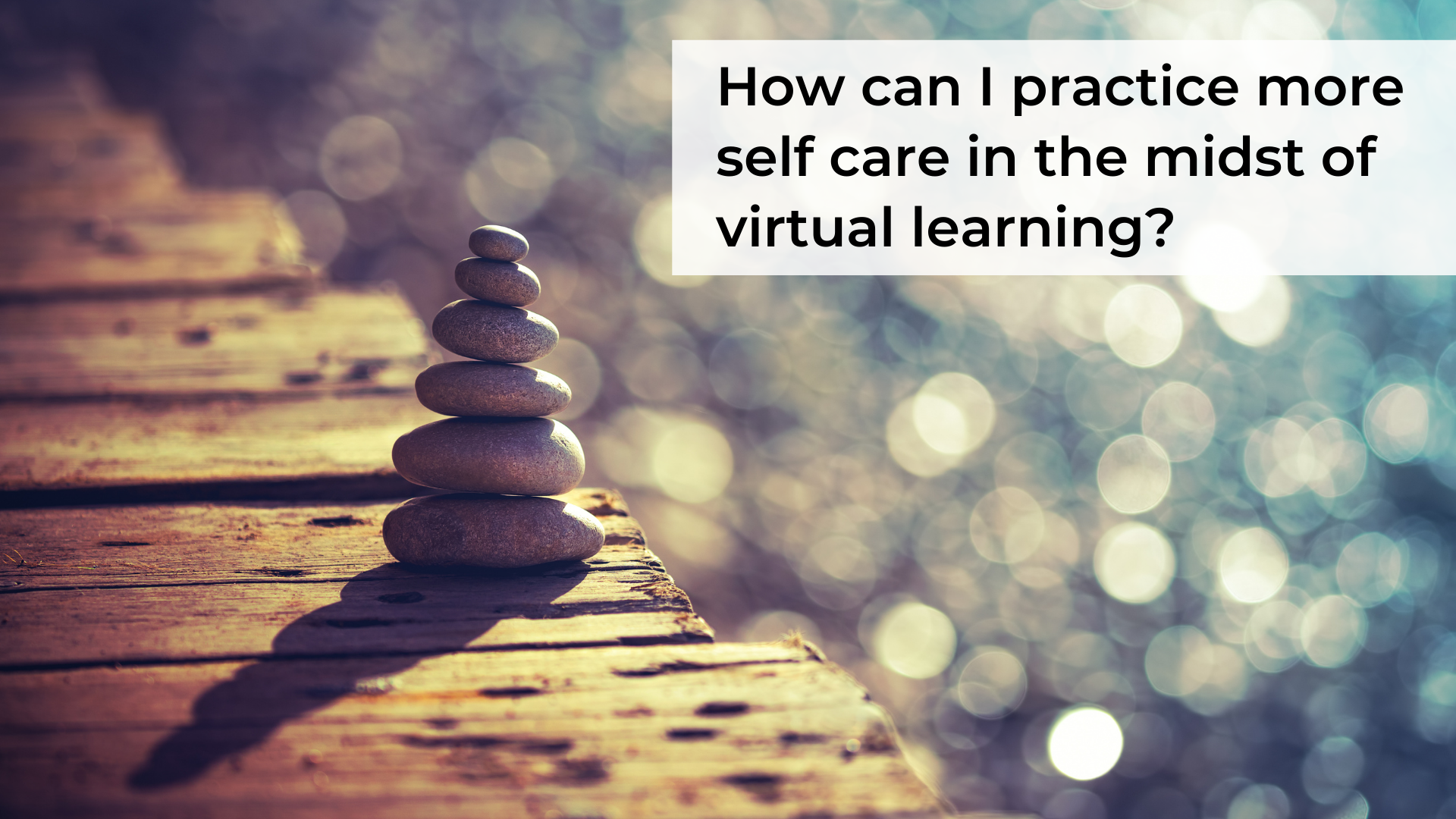
Self-care in the Midst of Virtual Learning
Let’s face the facts: YOU are your students’ greatest resource. There’s a lot you are balancing emotionally, mentally, and physically, and it’s important now more than ever to squeeze in a little daily self-care.
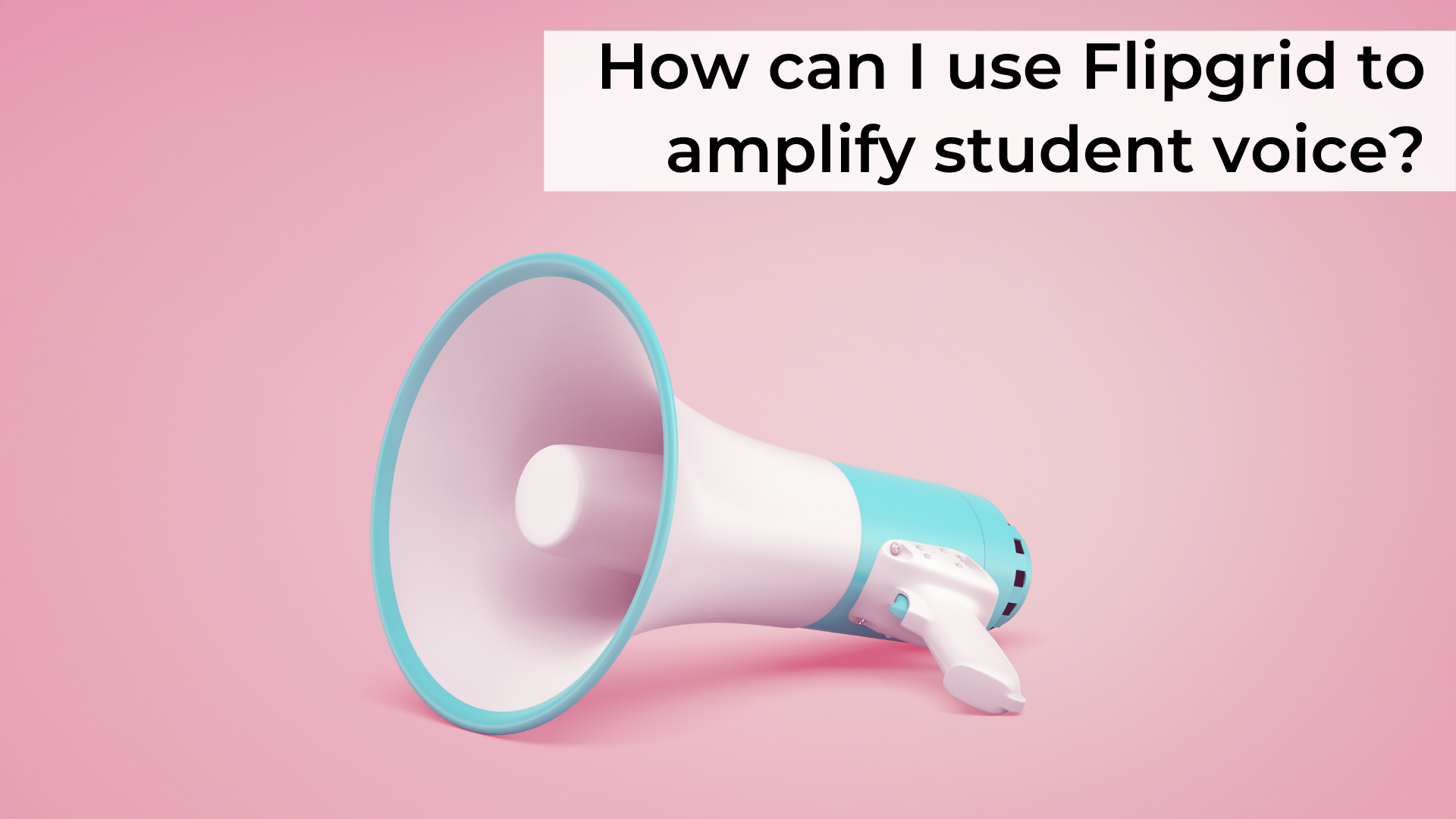
Using Flipgrid to Amplify Student Voice
iTeach coach Nisa Peek offers a step-by-step guide and tons of helpful resources about how you can use Flipgrid to amplify student voice.
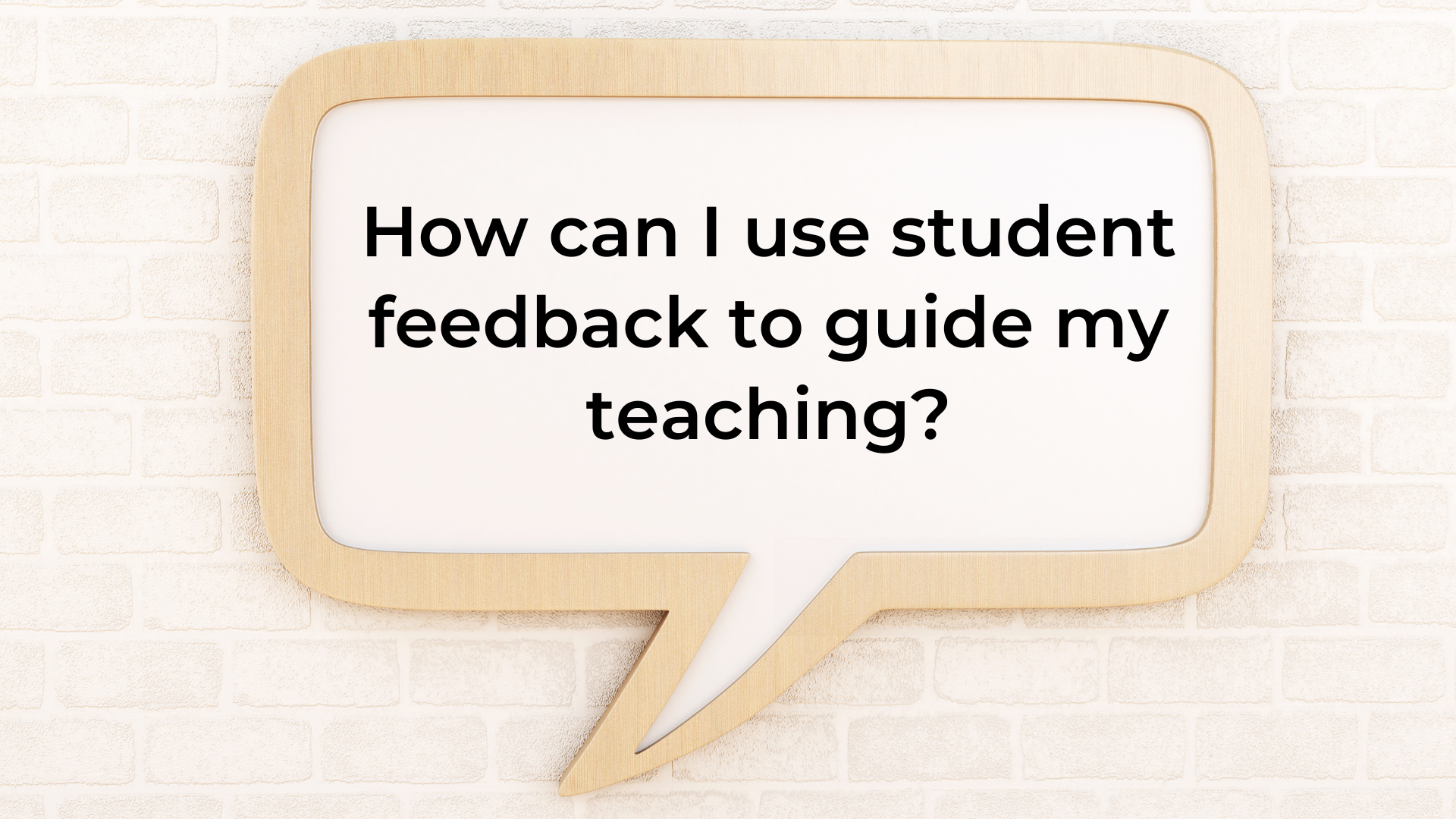
Using Student Feedback to Guide Teaching and Learning
It is so important to give students opportunities to evaluate their needs and provide feedback in the classroom. Kristen Klinger shares pointers to harness the power of student voice to guide your teaching.
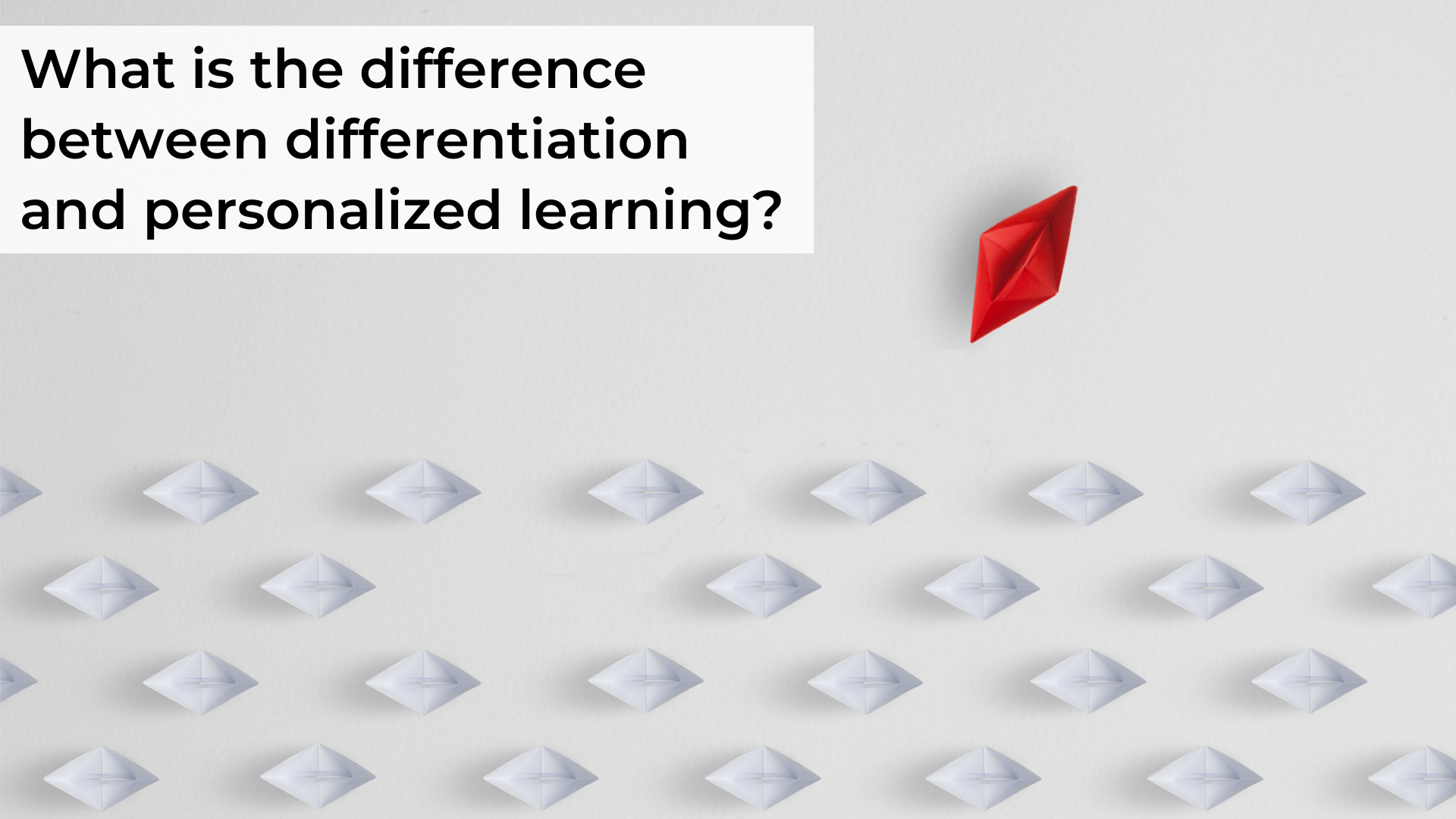
Differentiation vs Personalized Learning
We often hear the terms “differentiation” and “personalized learning” being used interchangeably. In this post, we explore the difference between these two instructional approaches.
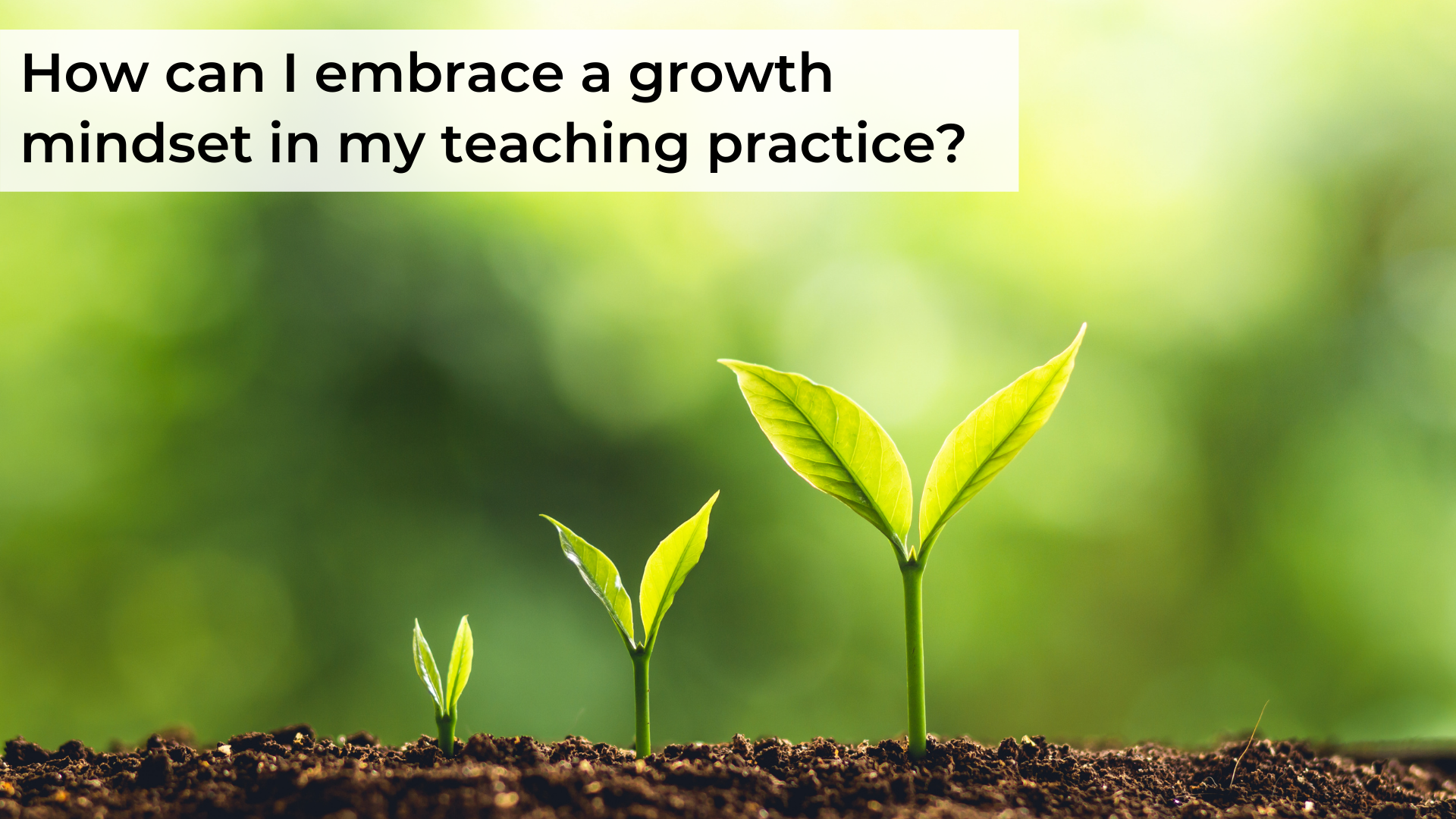
Embracing a Growth Mindset
With everything teachers use to help students develop a growth mindset, why do educators often feel that failure isn’t an option for them? We’re sharing strategies to help you adopt a growth mindset in your professional practice.
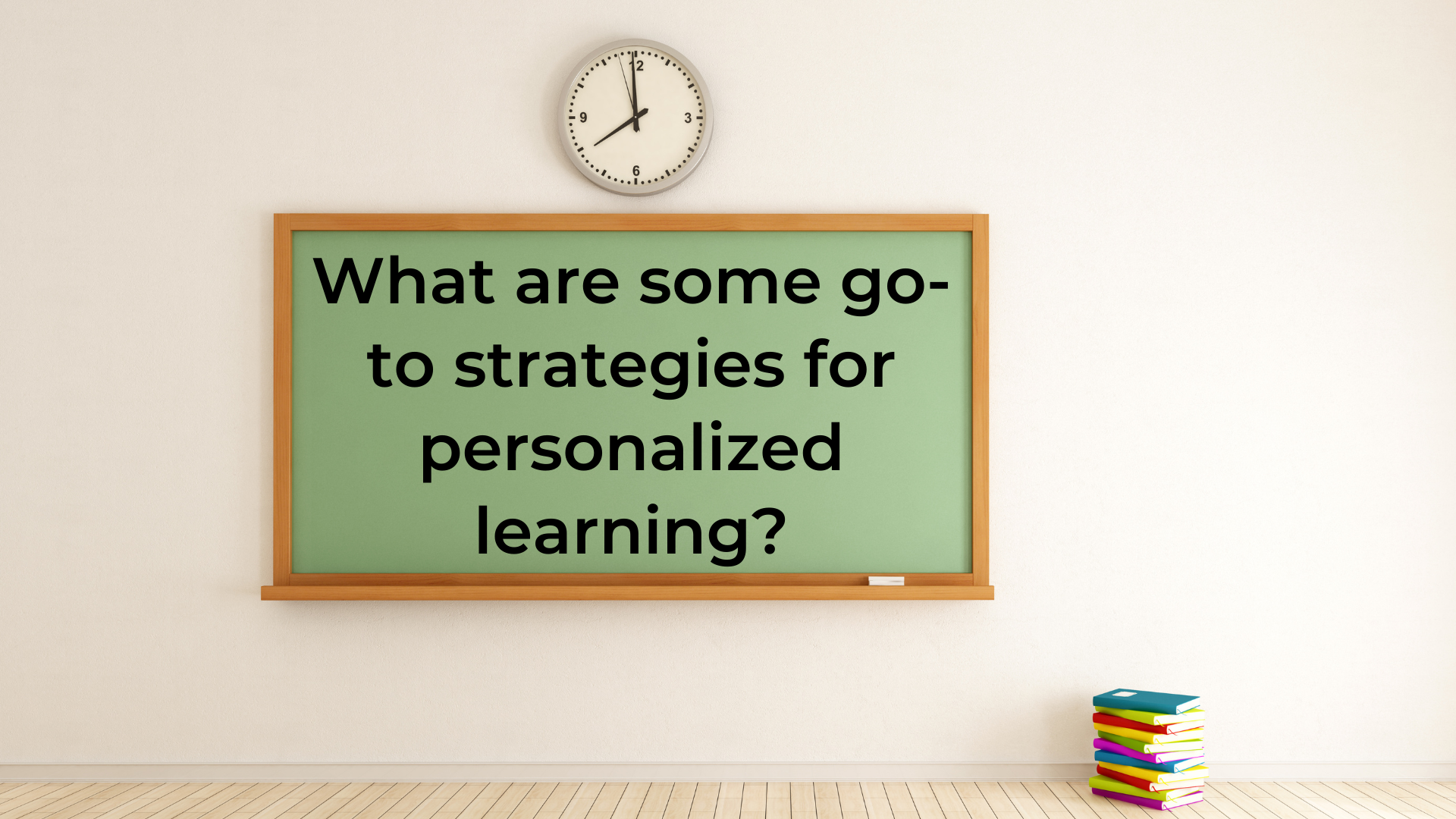
Go-To Strategies to Personalize Learning
It can be challenging to meet the needs of all students at once! We’re sharing some go-to strategies to use when working to personalize learning in the classroom.
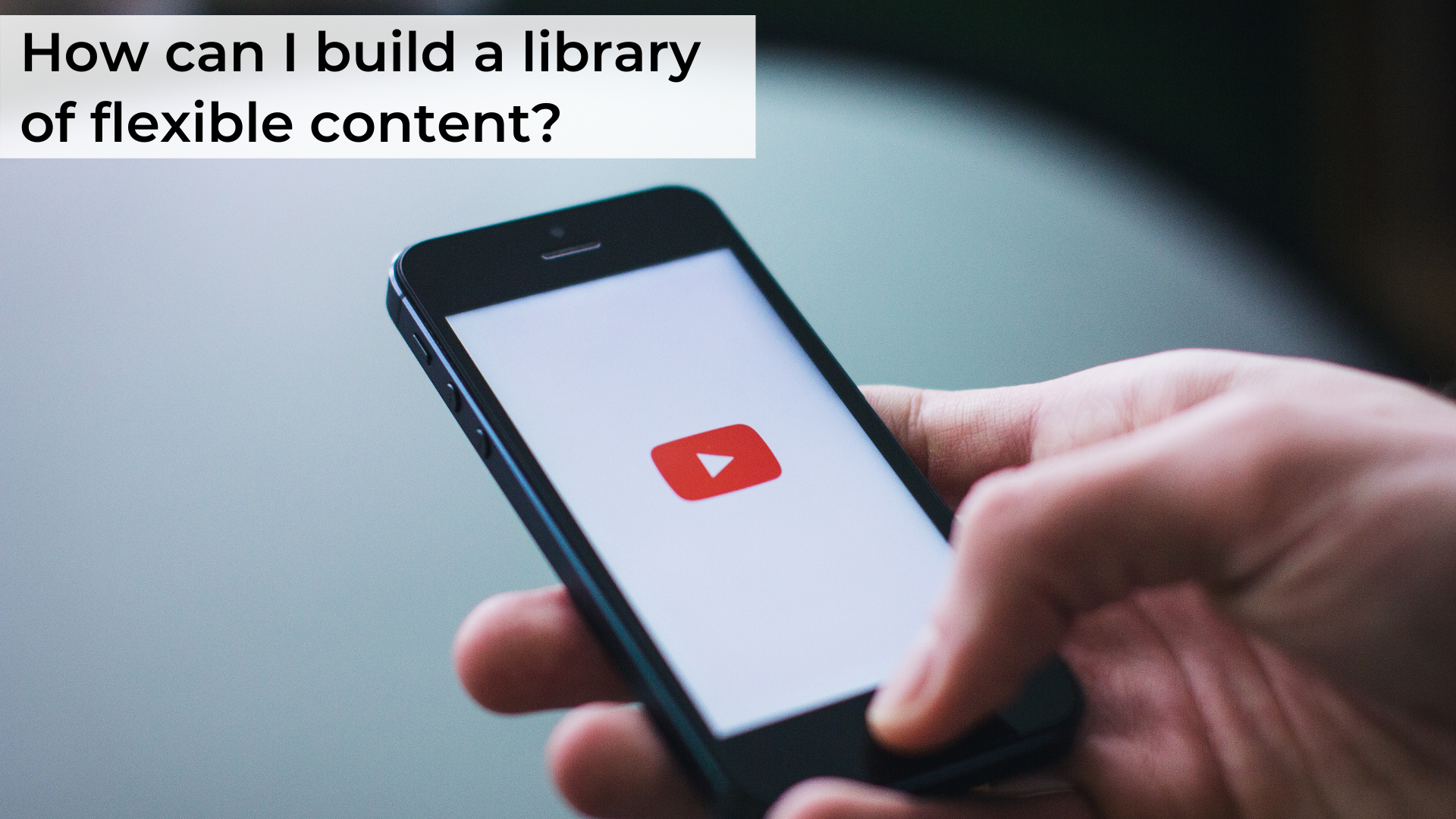
Creating and Curating a Flexible Content Library
Flexible content is key to personalized learning! We’re offering tips to create and curate resources that your students can use to access learning exactly when they need it, at any place and any time.
